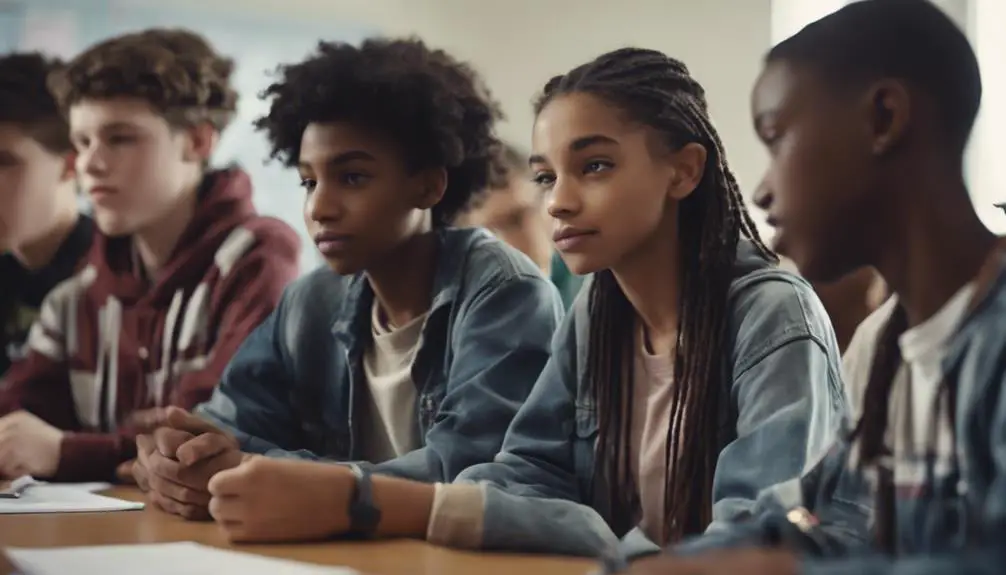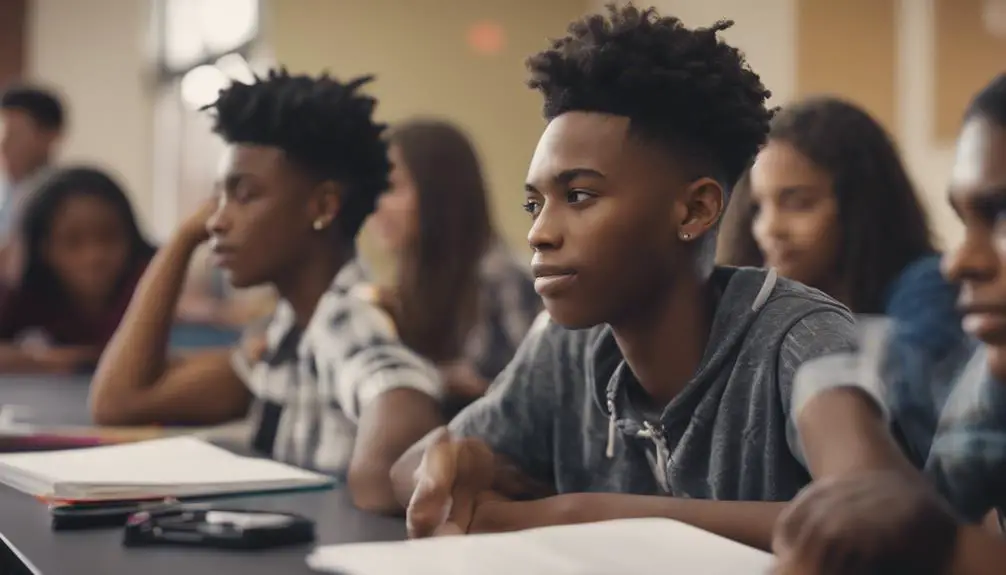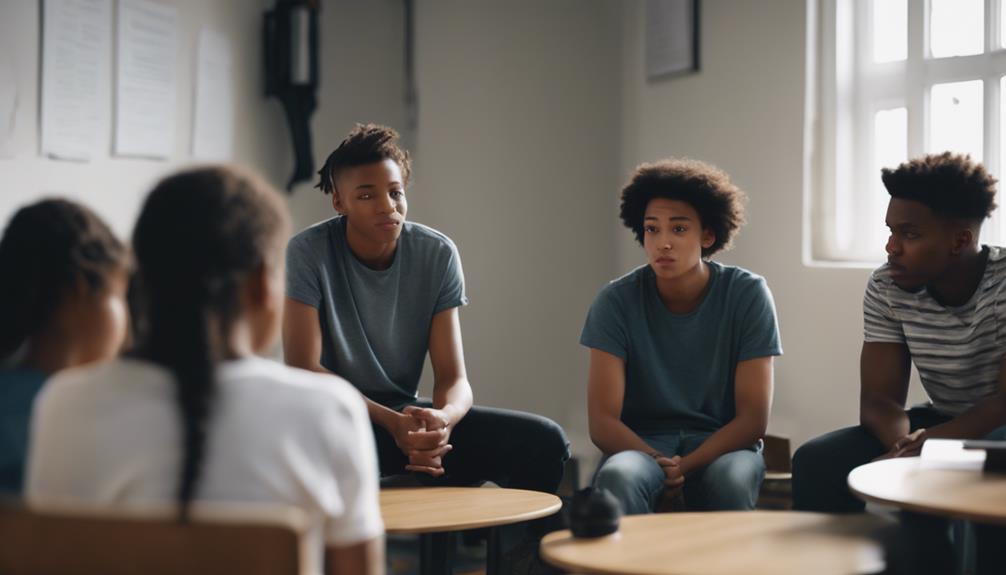Teachers need support and professional confidence to be able to manage behavior in the classroom successfully.
Effective collaboration with colleagues can provide these ingredients for the teacher. It is also necessary for reducing stress, burnout, and depression when a teacher faces problems n managing behavior in his/her classroom.
In this article, we will discuss the effective ways of creating collegial collaboration with other teachers.
What are the Benefits of Collaboration with Other Teachers?
I want you to increase your efforts in collaborating with your colleagues to manage student behavior. I know it is sometimes difficult to open up and request support from other teachers.
The following are some of the benefits you can gain if you partner with your co-teachers:
Reduce the feelings of isolation
Many teachers often feel isolated when it comes to the management of students’ behavior. This is especially common when a teacher is facing behavioral challenges in his/her classroom.
You will reduce the levels of isolation if you partner with colleague teachers to deal with students’ behavior.
You will get great ideas regarding how students behave and why they do so from your teacher friends. For example, I always get classroom management ideas from my experienced Grade 3 teacher.
Offer fundamental moral support
During the management of classrooms, you sometimes losses psychological strength because of the feeling of isolation you have.
However, working together with others to effectively manage students’ behavior will provide you some moral support to perform your roles with confidence.
This can help you prevent mistakes in your management processes. It also builds your confidence in the classroom.
Empower staff through the spirit of teamwork
Collaboration among teachers and other staff members helps promote team spirit. This, therefore, empowers workers and teachers to work effectively.
It further motivates teachers to extra mile to find great ideas to help the entire team succeed in managing behavior in the school. With that, the team of teachers can promote effective teaching and learning in their classrooms.
However, you will sometimes lose hope in trying to manage your classroom effectively if you don’t work and receive support from others.
This is why you should try as much as possible to partner with colleagues to manage students’ behavior.
Promote committed and caring relationships among staff
The more you work together the more you tend to care for one another. This is because your relationship gets stronger when you partner heavily with one another.
Due to that, you will always be committed to helping and supporting one another whenever it is needed.
However, a school culture that doesn’t promote cooperation among staff always leads to workplace isolation.
With that, most staff will be prone to stress and depression because they don’t get aid from other workers.
Increase confidence in managing the classroom
You often become confident in performing a task when you know the people around you give you their maximum support.
Managing a classroom effectively can be a daunting task for one person. This is common for newbie teachers.
However, if you get the support of your experienced colleagues, you will learn a lot and that will increase your confidence levels.
For example, I had low confidence in implementing classroom management strategies in my class when I just started teaching.
I was always afraid those techniques will fail. I got my confidence back when I started consulting and partnering with my teacher friends.
Lessen negative feelings of inadequacy
In my early days in teaching, I always had bad feelings when one of my classes become disruptive.
I always felt my strategies and I were not adequate to manage the classroom effectively on those particular days.
But my partnerships with other teachers and stakeholders taught me that students wouldn’t always be good every day. And so if they become difficult occasionally, it’s normal.
Right from then, I realized I will not always have a perfect lesson or class. I have grown more patient and confident since then.
Provide a context for problem sharing, problem analysis, and problem-solving
There is a saying that, two better heads are better than one. You can always get great ideas for solving a classroom problem if you consult and/or share them with other teachers.
That’s always my strength. Despite coming out with my way of solving a problem, I make time to consult my co-teachers regarding the feasibility, reliability, and credibility of the solution.
I further request them to suggest alternative ways of solving the problem. I always find numerous solutions to my classroom management problems through collaboration.
Reduce the possibility of burnout
From the discussion above, I think partnering with other teachers is like getting someone to help carry your loads with you.
The person carries part of the load thereby reducing the heaviness of it on you. Because of that, the stress involved in managing your classroom will diminish.
Without much stress, you are less likely to get burnout in the process. This will be the situation of all the teachers involved in the collegial collaboration.
What are the Ways to Build Collaboration with Other Teachers?
In some schools, there is a school-wide collaboration system for the entire staff. But in case there’s nothing like that in your school the following steps can aid you to build collegial collaboration to support your classroom management.
Clear Problems and Issues
Specify issues that you are concerned about and problems you intend to resolve.
At first, you need to identify the classroom management problems you are facing that you will want your colleagues to help you with.
You should be clear about it so that they will understand it clearly with no ambiguity. This is extremely important as it will save you lots of time.
Adequate Information of the Problem
Collect information about the issues or problems, so that it can be shared with your colleagues. Try to gather as much information as possible regarding the problem or issues you want to discuss and share with your colleagues.
Sharing incomplete information with your friends will lead to the development of inadequate and/or wrong solutions to the problem.
This will further impact the effectiveness of the implementation process of the solution. Hence, the solution inherently becomes ineffective.
Needs must be Clear
Be explicit about what you want to get from your colleagues, such as emotional support, the sharing of ideas, resources, or professional reassurance.
Be sure and clear about the kind of support you need from others. Do you want emotional support? Whatever you may need, you should communicate it clearly to your colleagues.
This makes their work easier for them. It will prevent a situation where they provide one support to you while you need a different one.
Forms of Collaboration must be Clear
Define the forms of collegial collaboration in which you want to work with them — for instance, whether you want to collaborate with them as “a loose team” or have them play a consultancy role.
It may be very useful to let your colleagues know the kind of collaborative relationships you enter with them. Mostly, more experienced colleagues play consultative roles.
But our mates often form part of our active collaborative groups or teams. But anybody can perform any of the roles.
What matters is, you have to let them know the exact role you want them to perform if you need their support.
From Whom Do You Want the Support?
Find appropriate parties you want to work with and then keep them informed of any activities or needs for which you expect their support in your classroom.
They may include fellow teachers, clerical staff, librarians, educational psychologists, social workers, and even gardeners.
As a teacher, there are many stakeholders you will need to partner with to perform your roles effectively.
Depending on what you want, it is imperative to identify and inform the appropriate person.
For example, you will always need the school psychologists, if any, to help in implementing time-out.
Share Your Concern
Share your concerns with them and invite them to collaborate with you. Having identified the person whose support you need, you have to tell them your needs and asked for their support.
Remember, some people will not care to help unless you ask for it. Their invitation should be done appropriately and with respect. Else, you may not get the support you need.
Meet at Everyone’s Freetime
Find a time when you and your colleagues are free to meet as a way of maintaining the forms and functions of collaboration.
You must consider the time that will be appropriate for all of you to meet and discuss the issues at hand. In the meeting make sure to discuss the form of collaboration you want from the person.
It is also vital to discuss the functions of the collaboration. In other words, what will your collaboration solve and the exact role to be performed by each?
Discuss, Analyze, and Find Solutions
Pose specific problems and initiate discussion on them, and show that you value the time and effort each person is putting into collaborating with you.
Here, discuss and analyze the issues and problems of concern with everyone or the person you are collaborating with. Let the other person or people feel important and valued.
The suggestions offered must be respected and evaluated to find the right solution for your problem.
The final solution gotten here must be implemented as discussed and agreed with everyone.
Remember, happenings here might affect future collaborations therefore it must be handled with care.
Evaluate Collaboration Process
Evaluate the effectiveness of the forms of collaboration. After the collaboration, you must review the forms of the collaboration. This will help you assess their effectiveness.
Issues that negatively impact them should be identified and removed. Factors that can make them more effective should be put in place to get the best out of them.
Conclusion
From the above discussion, we noticed that collaboration with other stakeholders for effective classroom management is beneficial. Based on that, we provided nine steps to follow when you want to build a collaborative relationship with others. I hope you will find it helpful. Please, share with others to also benefit from it. Thank you.





